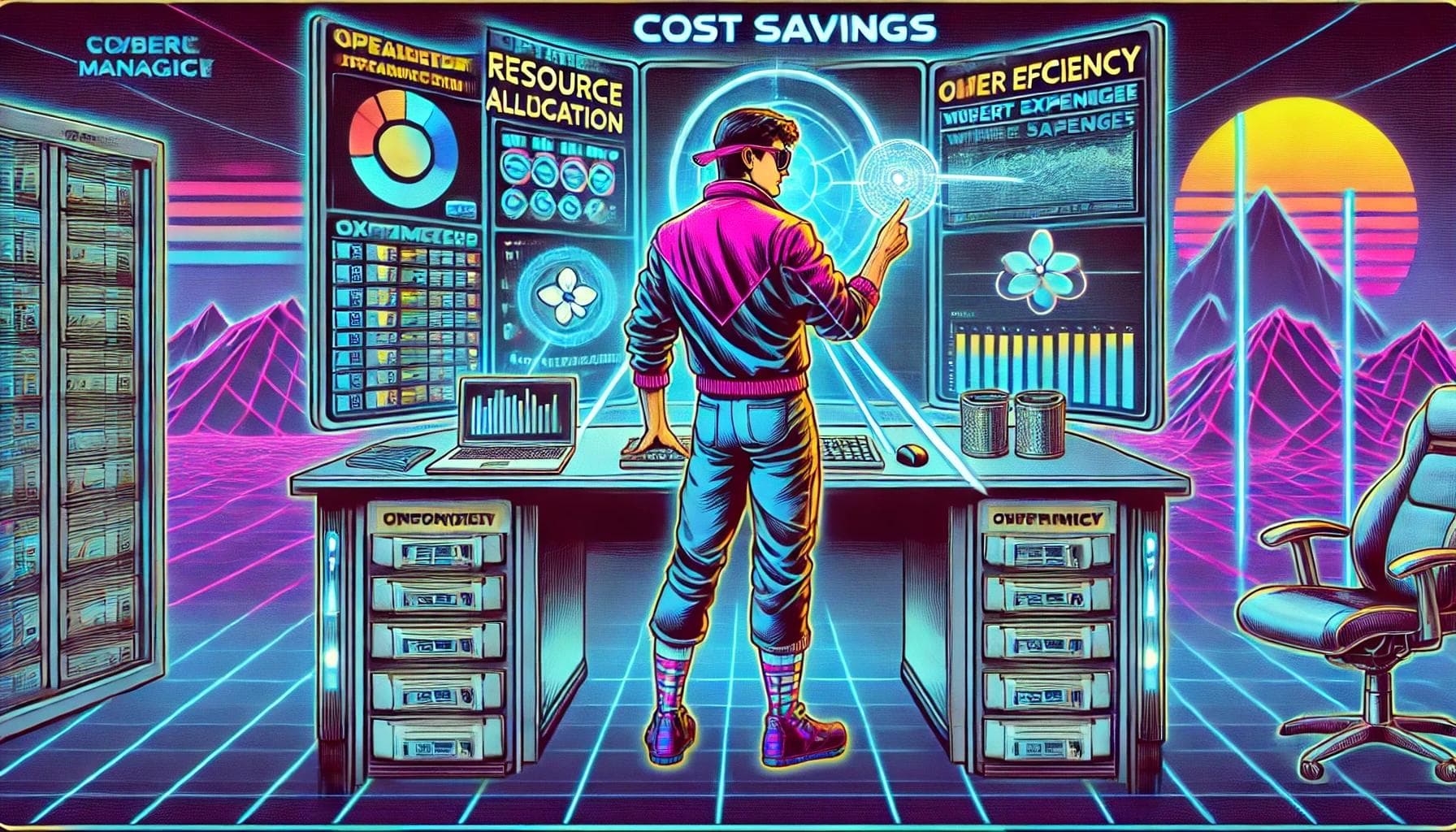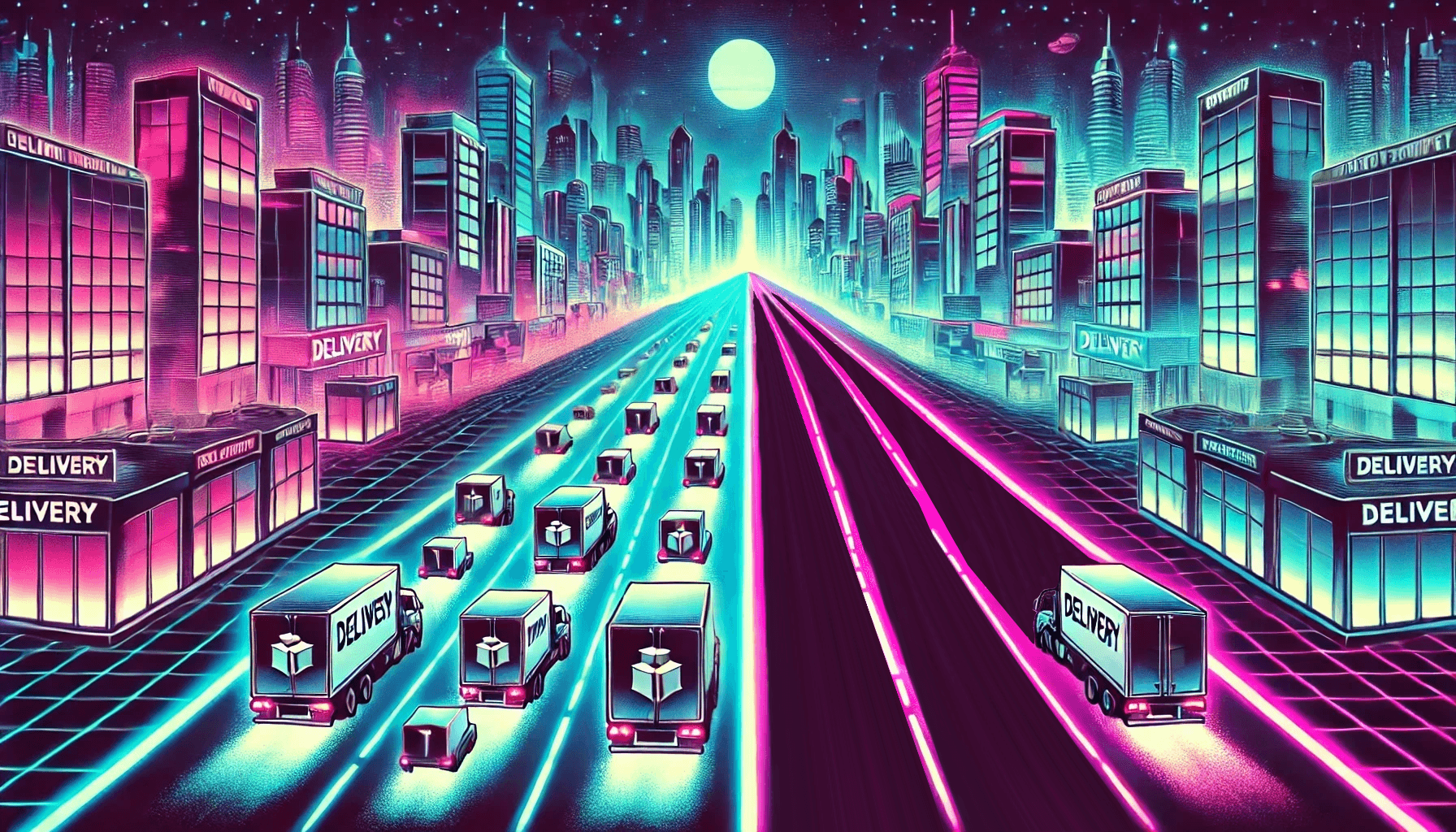Cost optimization - Event-Driven Architecture
Posted on the 11th of April, 2025

Welcome! In previous articles, we shared some strategies and knowledge about Event-Driven Architecture (EDA) (Reducing latency, Event Storage, and Backpressure). Now, it's time to share some insights pertaining to cost optimizations.
EDA cost optimization starts with a simple principle: Use just the right amount of resources. No more, no less. Overprovisioning means wasted money and underprovisioning leads to bottlenecks. So, how do we strike a balance?
I will share and explore three key cost strategies for you to use.
Efficient Resource Utilization – Pay for What You Use
The first step? Right-size your computing and storage resources dynamically according to current needs.
In practice, there is no need to provision ahead of time. You can use auto-scaling to automatically adjust resources based on actual events or go serverless, which allows you to pay only for execution time rather than keeping idle servers.
Real-World Example: WellRight’s Migration to Serverless
The WellRight wellness platform[1] ran 30 servers continuously to handle occasional traffic spikes. Most of the time, those servers sat idle but still cost money.
[1] - https://aws.amazon.com/blogs/architecture/wellright-modernizes-to-an-event-driven-architecture-to-manage-bursty-and-unpredictable-traffic/#:~:text=The%20first%20iteration%20of%20the,letter%20queue%20%28DLQ
Then, they switched to AWS Lambda (an event-triggered, serverless computing model). Since Lambda scales automatically, they have eliminated idle capacity costs. By being serverless, they stopped paying for always-on servers and stopped wasting time overprovisioning for rare peaks since the Lambda solution handles unpredictable traffic efficiently.
In EDA (as in other architectures), sporadic workloads are natural, meaning long periods of low activity followed by event spikes (sometimes even spontaneous). So, combining serverless and auto-scaling is a must to avoid system downtime or degradation and paying for unused capacity.
Optimizing Storage Costs – Be smart about your storage
EDA can generate a lot of events, and storing everything indefinitely gets expensive.
You can start looking into old data and thinking, "Do I need this?" This means you should monitor your storage usage. There might be rarely accessed data, so it's time to cut the fat.
Most of the time, by monitoring, you can predict that the data logged after a certain period can be deleted, so implementing data retention policies is a must-have to optimize cost storage.
Lastly, you can be smart about storage. Recent events can be kept in fast storage, while the older ones can be moved to cheaper archival storage.
The bottom line is that right-sizing compute and storage cuts unnecessary costs while still efficiently handling peak loads.
Batch Processing – Reduce Overhead, Save Money
Handling events one by one isn't always the most cost-effective approach. Every event triggers a function, a database write, or a network call, and each operation has an associated cost.
Why Process Events in Batches?
Instead of executing one transaction per event, batching multiple events together so you can amortize overhead costs.
By processing events in batches, you amortize these overheads across the ecosystem more cost-efficiently. Think of this as if you were shipping 100 packages one by one overnight or all of them in a single freight truck delivery.

Real-World Example: AWS Lambda Batching
In practice, batch processing can mean accumulating events for a short time window or until a count threshold, then processing them together. For example, AWS Lambda allows you to pull multiple messages in a single invocation, reducing compute costs (fewer function invocations), database costs (Fewer writes = less transaction overhead) and network costs (merging API calls reduces data transfer charges).
If your system can accept slight delays, accumulating events for a few seconds before processing them together significantly lowers costs.
When NOT to batch? I advise against batching when your events must be processed instantly (e.g., fraud detection, alerts) or when batching adds unacceptable latency to the user experience.
But even on this last advice, a hybrid approach would do the job, meaning critical events would be processed immediately, while less urgent ones would be batched.
Optimizing Data Transfer – Cut Network Costs
Hidden costs in EDA often come from data transfer fees—especially when events flow across regions or clouds.
How to Reduce Data Transfer Costs
Optimizing data transfer can save a lot in cloud bills. Start by processing events where they originate, keeping event producers and consumers in the same cloud region avoids cross-region transfer fees.
You can also use private or internal networks since data transfers within the same availability zone are usually free or much cheaper.
Always compress event payloads; sending binary formats instead of JSON or zipping large payloads reduces bandwidth costs.
Only send what's needed instead of dumping entire event logs across services by filtering unnecessary data.

Lastly, monitor your data transfer costs specifically. They are often not obvious in architectural diagrams. If you see high cross-zone or cross-region data usage, consider colocating services or using caching. Sometimes, simply deploying a consumer in the same zone as the broker can avoid cross-zone charges.
Real-World Example: Avoiding Costly Cross-Region Transfers
Imagine you're running a global application:
- Users in Europe generate events.
- Your event consumers are deployed in the U.S.
If those events aren't processed in the U.S., why pay for intercontinental data transfers?
Instead, deploy regional consumers that handle events locally and only send summaries to the U.S.
Companies can save thousands on cloud egress costs by keeping event processing localized.
In Conclusion
EDA can be cost-efficient, but only if you optimize resource usage. The best strategies include:
- Using auto-scaling and serverless – Pay only for what you use.
- Batch processing – Reduce function, database, and network costs.
- Optimizing data transfer – Minimize expensive cross-region traffic.
By designing EDA with cost efficiency in mind, you can achieve scalable, real-time performance without breaking the bank.
We at Qala are building an Event Gateway called Q-Flow—a cutting-edge solution designed to meet the challenges of real-time scalability head-on. If you're interested in learning more, check out Q-Flow here or feel free to sign up for free. Let’s take your system to the next level together.

